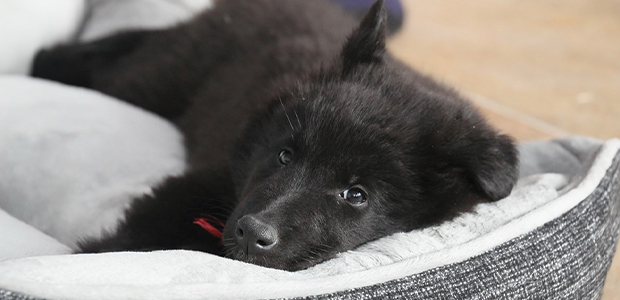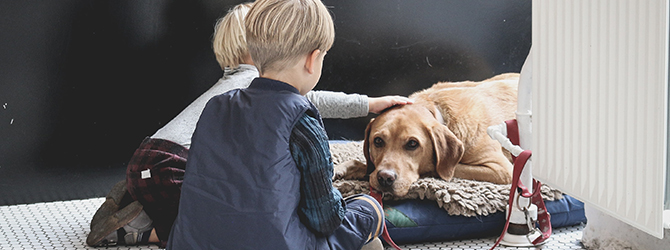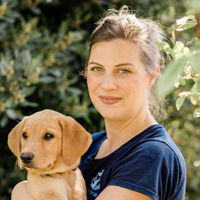Children and pets: introducing a pet to your children
There’s nothing more exciting than welcoming a new puppy or kitten to the family, especially for children.
Children and pets commonly form a great bond - everybody remembers their first pet, after all.
To help make sure your children get things off on the right foot with your new furry friend, we’ve compiled a handy list of top tips for introducing pets to children. Let’s take a closer look.
Let your pet settle in
In the eyes of most children, the run-up to getting a new pet is on the same level as Christmas Eve or the last day of school before the holidays… it’s that exciting! Excitable children are often loud and restless, and generally not the ideal companions for a young puppy or kitten who is having to adapt to a brand new home environment.
Try to keep children away from your pet for 1-2 days after you first bring them home. They could stay with a close friend or relative or failing that, you could attempt to bring the pet home in the middle of the day while the children are at school.
This is a great way of keeping your new pet’s environment nice and calm, but also of teaching your children to respect your pet’s needs.
Approach calmly
When it’s time for your children to meet your new pet, make them aware of the animal’s needs. Loud noises, sudden movements or boisterous behaviour may scare them and trigger a chase and grab instinct, so make sure you warn children not to do this.
It can be a good idea to introduce children and pets outside, but if you choose for them to meet inside, do it somewhere spacious and in the room your pet is most familiar with. Instruct children to sit down patiently and wait until the pet comes to them.
You may wish to keep a new dog on the lead (or on the other side of a baby gate) in case things get out of control. It’s also a good idea to avoid using treats during the first meeting – these may add to your dog/cat’s excitement.
Encourage gentle petting
It’s important for children to understand that pets aren’t cuddly toys: they are living creatures who experience pain and discomfort, just like humans.
Demonstrate gentle petting, on the animal’s terms only, and supervise your children as they handle your new puppy/kitten. Teach them well in advance of bringing your pet home that prodding or pulling the pet’s fur or tail are not nice.
Allow your pet plenty of space and time
Establish some ground rules after the first meeting. The most important of which should be: pets need their space. Make sure children understand this, and know not to smother their new furry companion.
Children should never disturb pets when they’re eating or sleeping, this will only make them feel unsafe and may even result in aggressive behaviour.

Understand a pet’s body language
Certain behaviours are strong indicators that your dog is feeling distressed:
- Growling or hissing
- Body freezing
- Whale eye (visible whites of the eyes)
- Raised fur
These behaviours are warnings. Older children should understand this, and should be brought away from pets if they’re disturbing them.
Read more about dog body language.
Don’t leave children and pets alone together
For the sake of every party, it’s a good idea to supervise pets and children at all times.
Avoid rough play
It may be difficult for children to understand the needs of a young puppy or kitten. Some days they may be eager to play, other days they may not. Make your children aware that chasing and teasing are not nice, and can result in negative or aggressive behaviour. Equally, encouraging your pet to chase your children will likely result in injury from claws or teeth, and it probably isn’t a behaviour you want them to rehearse when it comes to children running in a park!
Don’t let things get too rough. You may need to intervene if either party gets carried away. Avoid scolding your pet – instead, redirect them onto a more appropriate behaviour and ensure everyone knows how to prevent similar situations from occurring in the future.
Encourage older children to help out
A great way of helping children to understand the needs of their new pet is to get them involved with looking after them. Simple tasks such as filling up the food or water bowl will help children feel included. They can also assist with grooming or accompany you on walks when the animal is old enough to go outside.
Need more info?
For more information on introducing pets to children, it’s a good idea to contact your local vet.
Find your nearest vet using our Find a Vet page, or speak to a vet online using Online Vets.

